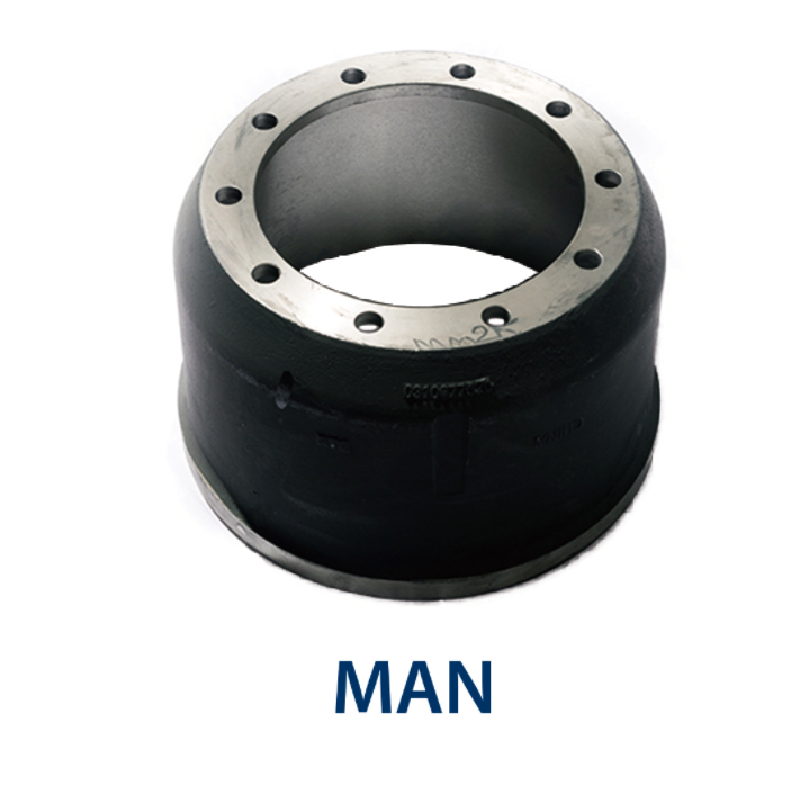Oct . 21, 2024 13:23 Back to list
Are Brake Drums and Rotors Different Components or Same Functionality in Vehicles?
Are Brake Drums and Rotors the Same Thing?
When it comes to vehicle braking systems, two terms frequently encountered are brake drums and brake rotors. While both components play crucial roles in the stopping power of a vehicle, they are fundamentally different in design, function, and application. This article explores the distinctions between brake drums and rotors, helping vehicle owners understand their importance in ensuring safe driving.
Understanding Brake Drums
Brake drums are components used in drum brake systems, which have been common in older vehicles and some modern models, particularly in the rear brakes of trucks and SUVs. A brake drum is a cylindrical part mounted on the wheel hub and rotating with the wheel. Inside the brake drum, brake shoes are positioned against the inner surface of the drum. When the driver presses the brake pedal, hydraulic force is applied, pushing the shoes outward against the drum's inner surface, creating friction that slows down and eventually stops the vehicle.
One of the significant advantages of drum brakes is their ability to provide strong stopping power while also being effective in holding the vehicle in place when parked, thanks to the self-adjusting feature of the brake shoes. However, they tend to be less efficient than disc brakes, especially in high-performance scenarios like hard braking or when subjected to prolonged use, as they can overheat more quickly.
Understanding Brake Rotors
On the other hand, brake rotors are part of disc brake systems, which have become the standard in most modern vehicles. A rotor is a flat, disc-shaped component attached to the wheel hub, rotating alongside the wheel. When the driver engages the brakes, hydraulic pressure forces brake calipers to squeeze brake pads against the rotor's surface. This action generates friction that slows down the vehicle.
Brake rotors are typically made from cast iron or carbon-composite materials, designed to dissipate heat effectively. This ability to manage heat is one of the critical advantages of disc brakes, as it reduces the risk of brake fade—where braking efficiency diminishes due to excessive heat. Furthermore, disc brakes generally provide better performance in wet conditions, as the exposed rotors allow for quicker water displacement compared to the enclosed design of brake drums.
Key Differences Between Brake Drums and Rotors
are brake drums and rotors the same thing

1. Design and Construction Brake drums are cylindrical and enclose the brake shoes, while brake rotors are flat discs that clamp pads on either side.
2. Heat Dissipation Disc brakes, due to their open design, dissipate heat more efficiently than drum brakes, reducing the risk of brake fade.
3. Maintenance and Wear Brake drums can require more frequent adjustments, particularly if the brake shoes wear unevenly. Conversely, disc brakes typically have more even wear patterns and require less maintenance over time.
4. Performance Disc brakes provide better stopping power, especially in high-stress situations, whereas drum brakes are often sufficient for lighter vehicles and non-performance applications.
5. Weight and Complexity Drum brakes tend to be heavier and mechanically more complex due to their internal components. Disc brakes are simpler and lighter, which can contribute to overall vehicle performance.
Choosing the Right System
When considering whether a vehicle should have drum brakes or disc brakes, it's essential to think about the vehicle's intended use. For performance-driven vehicles or those needing superior braking capabilities, disc brakes are often the better choice. Conversely, for lighter vehicles, traditional drum brakes may still be a reliable and cost-effective solution.
Conclusion
In conclusion, while brake drums and rotors both serve the same ultimate purpose of stopping a vehicle, they operate under different principles and deliver varying levels of performance. Understanding the differences is crucial for vehicle maintenance, repair, and upgrades. Vehicle owners should always consult with a qualified mechanic when considering brake systems to ensure that their vehicles remain safe and reliable on the road. As technology evolves, the debate between drum and disc brakes continues, but it ultimately comes down to the specific needs of the vehicle in question.
-
Scania Brake Drums: OEM Quality for Optimal Safety & Durability
NewsAug.16,2025
-
R.V.I: Advanced Remote Visual Inspection for Precision
NewsAug.15,2025
-
Discover HYUNDA: Innovative Vehicles, Equipment & Solutions
NewsAug.14,2025
-
R.V.I: Unlock Advanced Insights & Real-time Performance
NewsAug.13,2025
-
Kamaz Brake Drum: Durable & Reliable for Heavy Duty Trucks
NewsAug.12,2025
-
Heavy Duty Iveco Brake Drum - Premium Quality & Safety
NewsAug.11,2025
